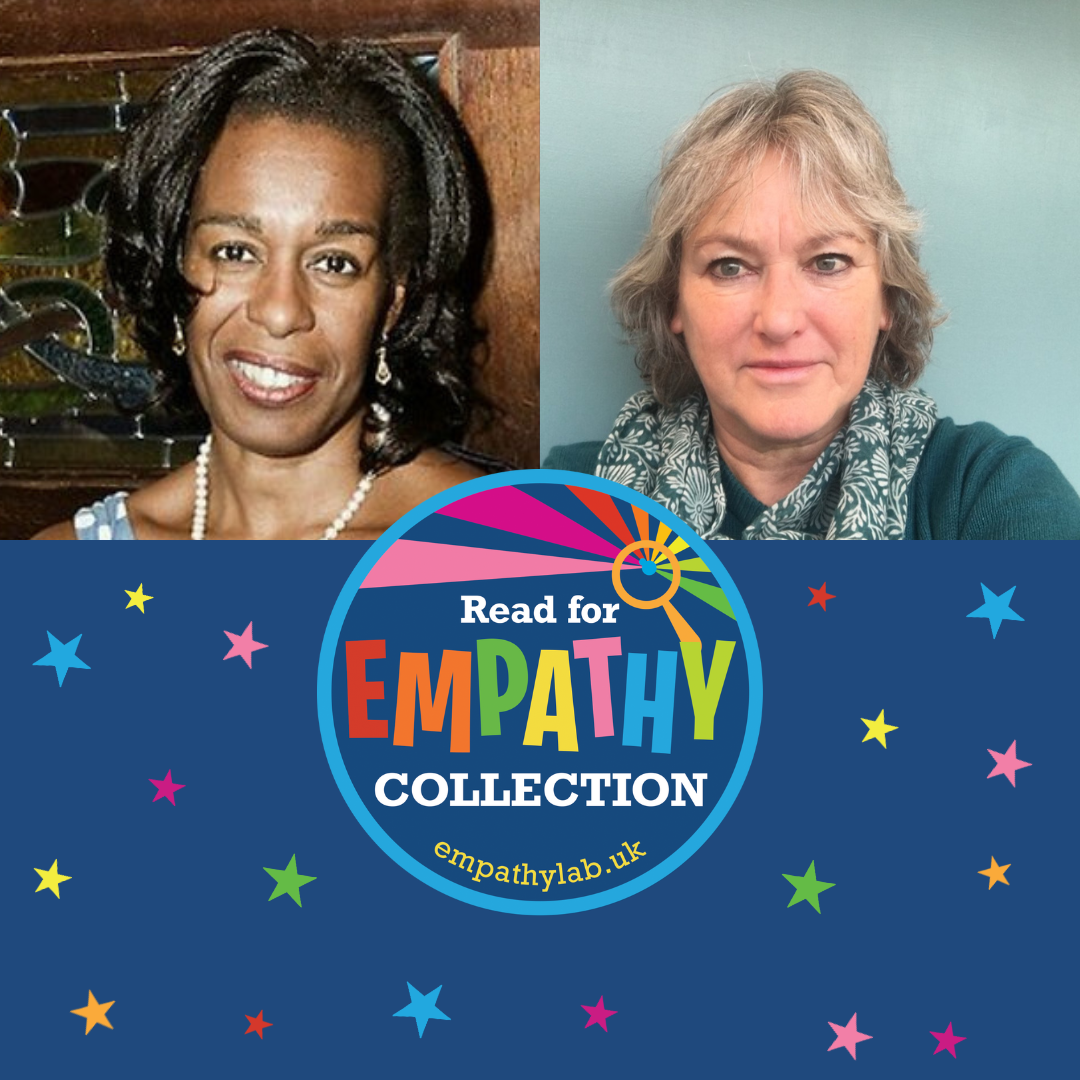Learning how to recognise and share emotions
- By EmpathyLab
- •
- 11 Apr, 2023
- •
Being able to recognise and share your feelings is a key empathy skill, but teachers we work with say that after the pandemic many children are finding it hard to communicate about their feelings, and have raised anxiety levels and emotional turbulence. We’re taking two steps to help.
- We’ve introduced a new section on emotions in the primary guide to the Read for Empathy collection. Seven picture books will give teachers and parents wonderful tools to help children talk about their feelings.
- One of the five Mission Empathy activities for Empathy Day is an Emotions Map. This invites children in class or as a family to make a mind map recording their emotions throughout the day.

Q: why is it important for empathy that children can recognise and understand their feelings?
Being seen and accepted for being who you are is a prerequisite for all human existence. Children who can identify and understand their own feelings have a sound basis for empathising with other people’s feelings.
Q: what was your reaction, having read the seven picture books in our new Read For Empathy section?
These books provide young children with a charming and insightful introduction to the world of emotions. The experiences of the characters are told through evocatively engaging and informative stories. A wide range of emotions are explored and expressed so that young children can identify big feelings in themselves and others, and be able to deal with feelings that range from pleasant and enjoyable, to those that can be perplexing and overwhelming.
Q: how do these books empower children to deal with their emotions?
The books relay effectively how we encounter, explore and question different emotions within ourselves as well as in others, and how we think about and deal with them - often with the help of others. Conveyed beautifully is the importance of having an awareness that feelings like insecurity, grief, anger, and anxiety are often outside our comfort zone. But they exist in everyone, not just ourselves; it’s empowering when they are embraced, understood, and allowed to be felt.
Q: what is the role of empathy in these books?
Empathy is relayed beautifully in these books which show the immense connection that people feel when others are able to mirror their emotions. In such moments, the characters are able to connect, belong and feel secure.
Q: Do you think these books help children explore different elements of empathy?
We are equipped with a toolset of empathetic responses when we encounter different people and situations. Books offer a powerful springboard for exploring these. Sometimes young readers respond with a more detached understanding of what the person is going through – a cognitive, perspective-taking form of empathy. Other times they may experience a more emotional, or affective, form of empathy , feeling the characters’ emotions and changing moods. Both types of empathy can lead to a helpful compassionate response. At the very least, seeing things from another’s perspective is a great start!
Q: Any final thoughts?
These books exquisitely and skilfully engage children’s imaginations and involve them with the characters’ feelings. Mediating adults can use them to have important conversations about feelings, helping children develop an ability to perceive, use, understand, and manage emotions on a journey to becoming emotionally intelligent adults.

The collection consists of 65 books for 3-16 year olds, each chosen for its unique contribution in building young people’s empathy.
The primary collection for 3-11 year has 40 books; the secondary collection features 25 books for 12-16 year olds.

I am very fortunate to have been on the Read for Empathy booklist judging panel over the past few years.
I’m also a practising classroom teacher so I would like to consider how the books on the list can influence what happens in a school.
Firstly, along with many other schools, reading aloud is an important part of our school day, every day, almost without fail. All the teachers at my school are aware of the EmpathyLab booklist, and often use it as a basis for choosing their next class read. Knowing that the books touch on important aspects of our children’s lives is key; we all understand how important representation is in stories. These are books that make a difference, that lead to passionate discussions in the classroom and can actually influence children’s behaviour .
The booklists become increasingly valuable. We have a couple of hundred empathy texts at our school – they are there on merit. Staff often refer to previous lists if there as a particular aspect of empathy that they want to include or share with the children.
Our Year 6 Reading Champions often seek out picture books from the list to take in to KS1 and Reception when they read stories, so we already have the next generation educating each other about the importance of empathy. I love the fact they often meet beforehand (they tend to work in twos) to discuss what questions they might want to ask the children once the story has been read. After each booklist is released, they also spend several of their Friday recommendation slots in assembly talking about a couple of the books. We have parents in on our Friday assembly so it’s a great way to share the texts with them and help raise their awareness of our work.
We often use the books as our teaching texts for English, partly because they encourage excellent writing but also because they provide a fantastic opportunity for our pupils to develop their empathy skills. The Wild Robot by Peter Brown, Miraculous Journey of Edward Tulane by Kate DiCamillo, Freedom by Catherine Johnson, Eyes that Kiss in the Corners by Joanna Ho and A Street Dog Named Pup by Gill Lewis are all books that have made in into our English curriculum as a result of being on one of the Read for Empathy booklists. Well, that’s not strictly true - Edward Tulane was there before that as it’s one of my favourite ever books, but you hopefully take my point.
Reflecting on our empathy journey over the past few years, I’ve also found that the more books children read that address empathy, where they can relate to the characters and their choices, the more books they want to read. It’s almost a virtuous circle. Many begin to realise that such books can empower them to think about situations.
For example, as soon as we finished A Street Dog Named Pup last year, several of them immediately wanted to read other books by Gill Lewis. Because empathy is a thread that runs through much of her work ( Gorilla Dawn , Moon Bear , The Closest Thing to Flying and so on). Thanks to EmpathyLab's lists, I was able to point them in the direction of several other books, by her and others.
I think we agree that teaching children about empathy and providing them with opportunities to develop it is one of the most important gifts we can give them as adults. The fact that empathy has gone from being something that schools sort of understood a few years ago to being something that has got an increasingly solid evidence base is crucial.
There’s always been anecdotal evidence that reading stories is important for children and that it can change how they think but now that’s backed up with research. The empathy revolution (and it is a revolution) is only going to pick up more momentum over the next few years as the need for it becomes ever more apparent. Working in schools and in the world of children’s books means that we’re in the front line. There’s nowhere else I’d rather be.
